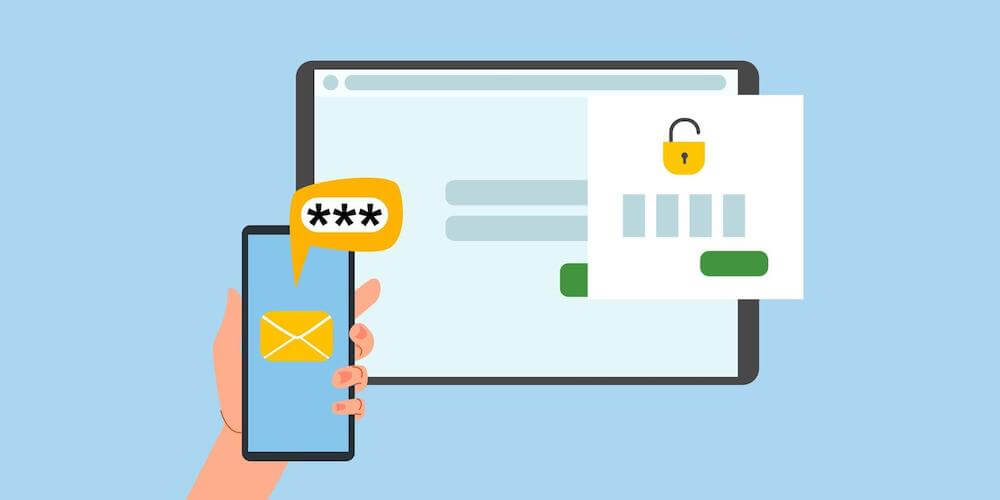How to Test WordPress Site Backups

If you are managing WordPress websites for long, then you are aware of the importance of taking regular backups. Backups save you from a whole lot of trouble in the event of any unforeseen disaster.
In addition to taking regular backups, it’s also important to handle your backups securely. Why? Because a number of things can go wrong, like –
- The server runs out of storage space
- Backups can become inaccessible
- Backups can be corrupted, malware-infected
- Backup can be incomplete, etc
All these issues render backups useless.
Imagine your site going down and then the only backups you have are corrupted or incomplete. Sounds frustrating, right? After all, the whole point of taking backups is to be able to restore them when the need arises.
This is where testing backups come in handy. Testing your backups before restoring could save you from a lot of distress in future. It’s recommended that you make testing an integral part of your overall backup strategy. Testing backups of your website should be conducted from time to time, instead of saving it for when disaster strikes. That way, you’ll be prepared and can quickly restore a working backup to get your site up and running.
How Does Testing WordPress Backups Help?
WordPress is a complex ecosystem comprising of many-core files along with plugins and themes. Life is good when your site is functioning properly. But when an issue arises, figuring out the root cause can be a massive pain. All you want to do is get your site restored back to normal as soon as possible. A quick fix like restoring your site seems tempting. But restoring a backup without first testing it can make matters worse if the backup is corrupted or incomplete.
If you devote time to testing your backups first, you’ll achieve the following:
- Diagnose why your website went down (using the copy of backup that was taken right before the site went down).
- Should you discover an error in the backup, you can skip that copy and look for a better copy.
- Backups also enable users to test modifications without affecting the live site.
- You can check for incompatibility issues, etc.
While there are many many advantages of testing backups, the process can be time-consuming and difficult to implement. Let’s evaluate the major challenges associated with performing backup testing.
Challenges of WordPress Backup Testing
You need to first create a testing environment. This can be quite technical, particularly if you have multiple backup versions that need to be tested. You may need to create different testing environments. Tools like WampServer can help you create a local environment on your system. Or if you’re using a good managed WordPress hosting plan, you may be able to create staging sites to test on.
But once you have a test environment setup, you need to actually test your backups. You can either do this manually or with a plugin. Let’s take a look at both!
How to Test Your Backups Manually
Your first option is to manually test WordPress site backups yourself. There are two main steps that you’ll need to do.
1. Create and download a backup of your site.
To backup your WordPress site you essentially need to make a copy of all of your files. You can backup your site manually either using the cPanel File Manager to download your WordPress folder or via SFTP to view and download your files. This guide on how to backup WordPress covers all of the steps and tools to get the job done.
2. Upload the backup on your local site.
Now on your local system, you’ll need to create a temporary WordPress website to upload and test your backup.
The easy way is to implement Local, DevKinsta or another similar software to create a WordPress website locally. Once ready, upload the backup to the local site.
Once you’ve uploaded the backup and the website is ready, you can start testing the local site.
As you can see, manually testing is not exactly easy and requires you to use tools. On top of all these, you need to have the technical knowledge to handle any issues that arise during testing. It’s far easier to use a plugin.
How to Test Your Backups with a Plugin
Manually testing backup can be difficult. This is why many users prefer to use a tool or plugin to test backups. Using plugins you can create a testing environment with the click of a button. If your WordPress backup plugin offers a testing environment that’s even better because then you don’t have to download and then upload your backups on to your testing environment over and over.
In this section, we’ll show how to test backups using BlogVault Backup Services.
While there are many backup services to choose from, BlogVault is the only one that creates a testing environment on its own server. The burden of running processes is carried by BlogVault servers and not yours which means, your live site remains unaffected. And with its Test Restore functionality, BlogVault automatically restores the backup on a test environment (usually called staging). The test environment expires in one week during which you can examine backups and on being satisfied, restore the backup of your choice without breaking a sweat.
So let’s get testing!
1. Create and setup your Blogvault account.
Create an account and add your website to the dashboard.
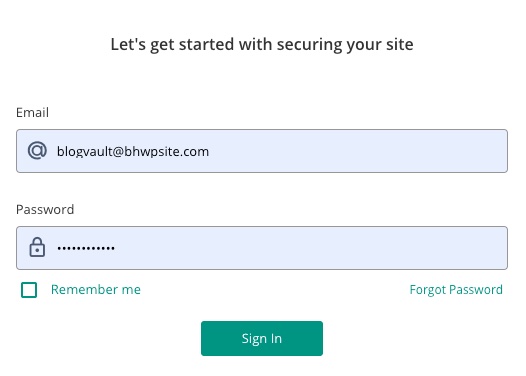
Once you add a website to the BlogVault dashboard, the plugin will take a backup of your website. This can take a while and you’ll be notified once it’s done.
2. Select your backup to test.
Next, select the website of your choice (in case you added more than one website) and from the dashboard click on the Backups section.
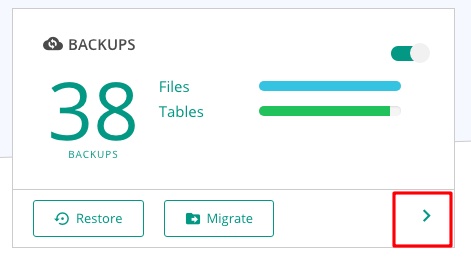
Then in the next page, click on an option that looks like a cloud. That’s the Test Restore button.
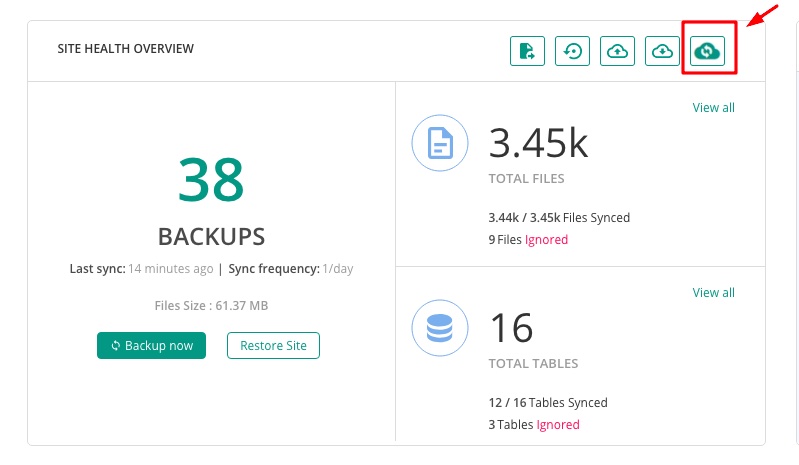
You’ll also need to select the Backup version and the PHP version you want to test. Don’t forget to hit Submit.
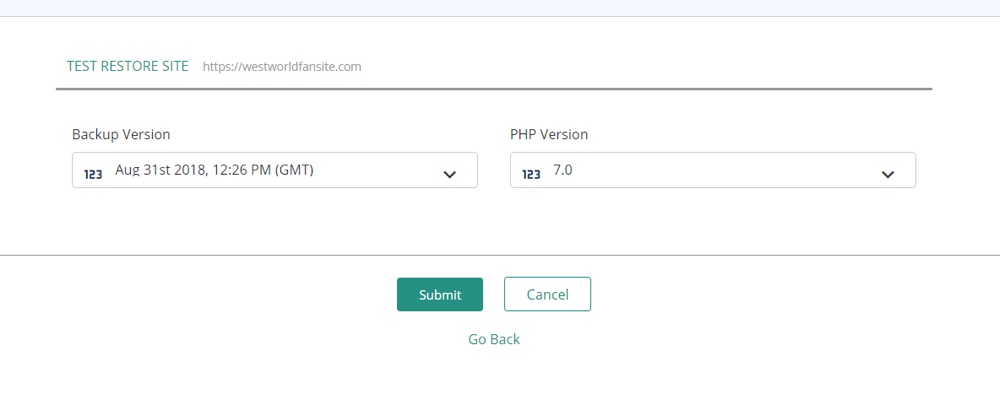
The test backup is restored within a few minutes and now it’s time to check if the backup is in working order.
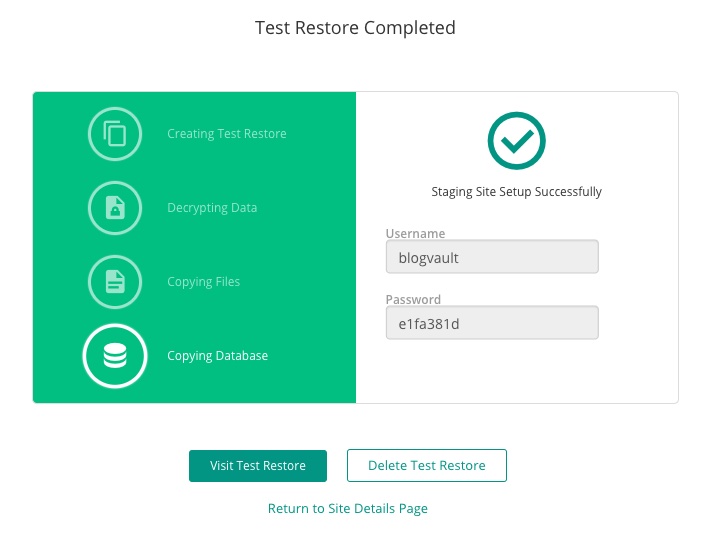
3. Get to testing!
Click on the Visit Test Restore button.

You will be asked to enter your credentials from the previous page.
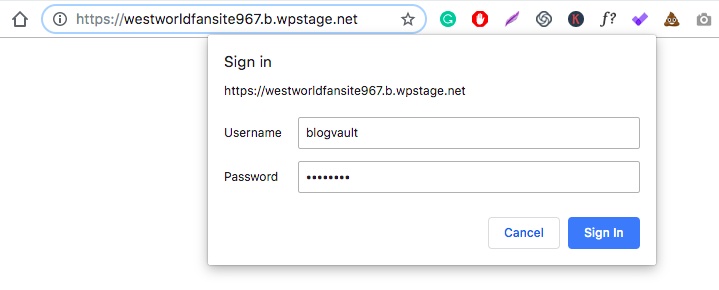
After logging in, you should be able to see the backup restored on your website.
If you want to test a different backup then simply delete the test site and create a new one. Start from the beginning and simply select a different backup version to test.
When you find the backup you are looking for, click to activate and restore that specific version.
Automated tools like BlogVault eliminate the hassles and risks associated with manual testing backups. It’s as easy as clicking a few buttons! And as mentioned before, there’s not stress on your server (since everything is done on Blogvault’s end).
Disaster strikes when you least expect it. Better be safe than sorry, right!
Testing backups from time to time is highly recommended. When things do go south, you know that you have a safety net to fall back on. And you can be certain it’s one without any holes.
Do you have any more tips to testing site backups? Or other tools you’d recommend? Let us know in the comments section!



